
Inflammation & Infection
Latest News
Latest Videos

CME Content
More News

A case report highlights the pathogen’s potential to cause severe, devastating ocular infections, despite aggressive treatment

Clinicians need to better understand how to reduce the growth of antibiotic-resistant, more virulent bacteria, the authors said

Antimicrobial resistance is resistance to multiple classes of antibiotics, which makes it extremely challenging to treat infections caused by such organisms.
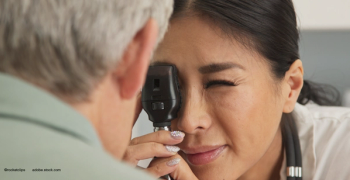
Prompt intervention may reduce treatment burden and improve the prognosis of fungal endophthalmitis after cataract surgery.

Ocular involvement in IBD is a rare extraintestinal manifestation, but may be critical because of its potential sight-threatening complications if not treated promptly and accurately, according to researchers.
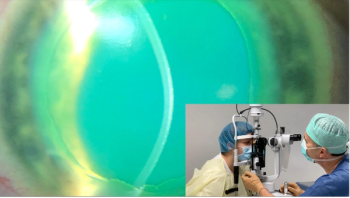
Corneal cross-linking (CXL) is improving all the time, although all protocols retain the basic requirements for oxygen, riboflavin and UV light. Recent developments mean that CXL at the slit lamp is feasible, which will improve access to the procedure.
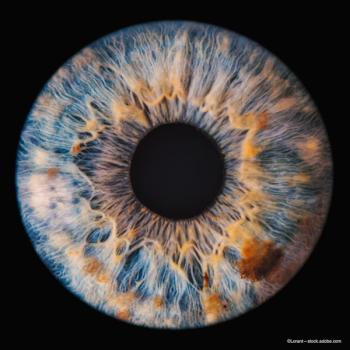
An end-of-week review of what happened in ophthalmology from 29 October to 3 November 2022.

One clinician advises investigating prospective patients for history and evidence suggesting HSV keratitis, and monitoring for post-surgery epithelial defects.

Almost 5 million patients in the IRIS Registry had received at least one diagnosis of DED between 2013 and 2019; of those, 203,171 were children under 18 years of age and 4,592,808 were adults.

Ophthalmologists should look past the eyes in patients presenting with a persistent ocular allergic response and be mindful that sight-threatening vernal keratoconjunctivitis is a possibility.
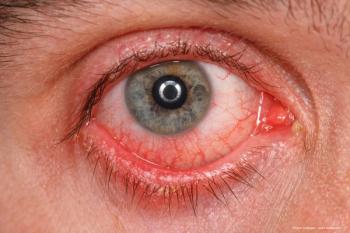
Spanish investigators hypothesise that conjunctivitis plays a role in disease transmission.

Symptoms of acute optic neuritis resulting from the disease can resolve in treated rapidly.

A short course of a low-dose corticosteroid eye drop can relieve inflammation with only a low increase in intraocular pressure.

In a study, investigators found that no characteristics of inflammatory bowel disease are related to ocular manifestations of the disease.

The companies note that data from Study CPN-302 confirm the results in the first Phase 3 study, CPN-301, and they demonstrate the clear benefits of treating patients after cataract surgery with APP13007.

Several issues may restimulate the virus in those patients with prior exposure.

The threshold limit value is increased for virus and bacterial eradication.

KALAHARI study update; novel surgical approaches for progressive retinal detachments; and a new risk is identified for CST fluctuations.

Topics spanned from faricimab in nAMD and DME; pediatric retinal detachment surgery; and the relationship between outer retinal integrity and subretinal fluid.
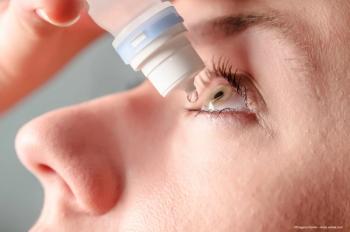
Kiora Pharmaceuticals announced it has enrolled the first patient as a part of a Phase 2 study evaluating KIO-201 topical eye drops in patients with PCED, a rare ocular surface condition characterized by non-healing wounds on the eye surface.

A team of investigators at Flinders University in Australia have found that a specific cell within the retina appears to be particularly good at housing Ebola and other viruses.

Biologic treatments can be utilised to help the eye heal itself in inflammatory conditions such as dry eye disorder.

In a paper, investigators identified strategies used by patients to reduce the cost of therapy and its impact on adherence to treatment. Patients may be reluctant to disclose challenges regarding adherence to dry eye disease therapy, as well as fears of worsening quality of life.
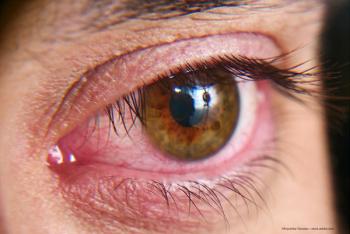
BRIM Biotechnology Inc. has entered into a new strategic partnership with Ora Inc. for the late-stage clinical development of lead drug candidate BRM421 for dry eye syndrome (DES).
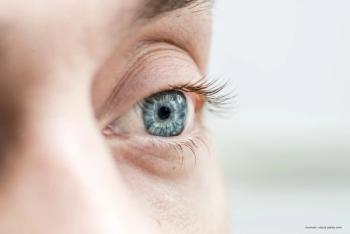
Patients are at risk for developing severe dry eye and ocular surface disease.






















































